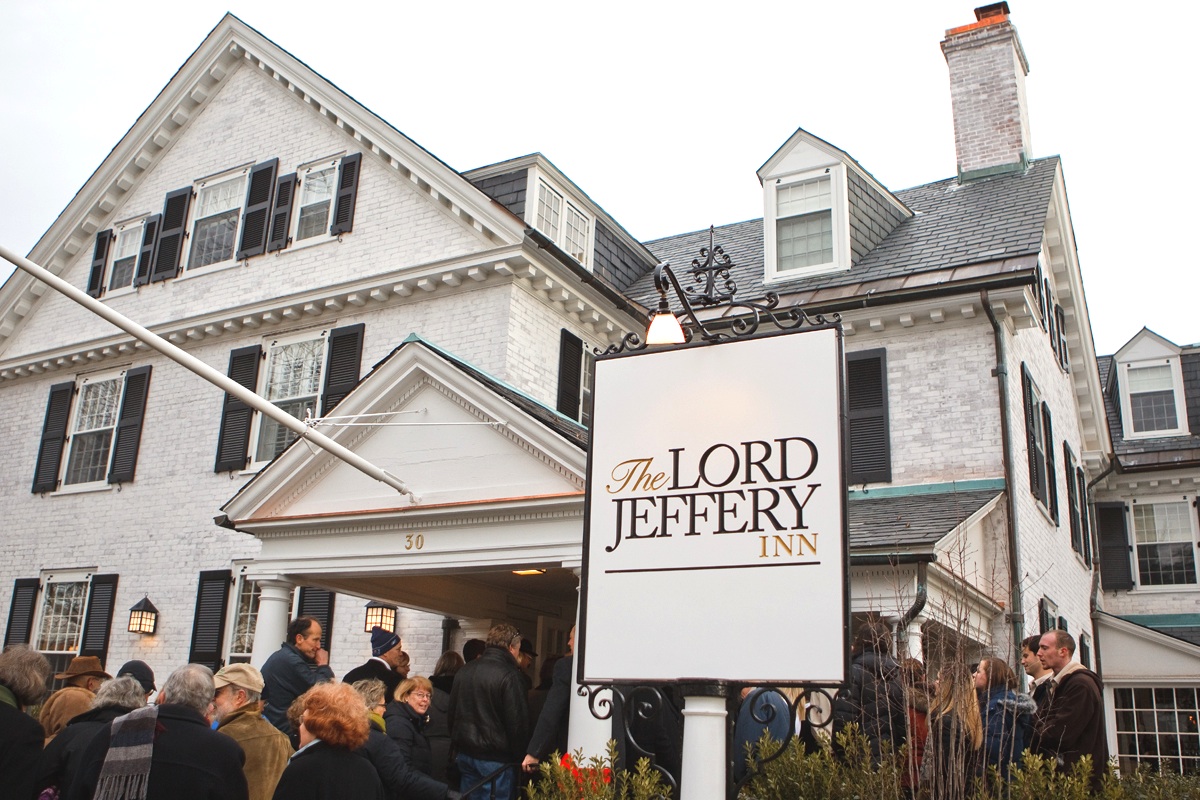

As College administrators celebrated the re-opening of the recently renovated Lord Jeffery Inn on Jan. 5, 2012, a rather important milestone in the College’s quest to be more environmentally sustainable went unnoticed by many of those in attendance.
A subsidiary of the College, the “Lord Jeff,” as it is colloquially known, serves as the first point of contact between the College and the Pioneer Valley community. It is only fitting that the Lord Jeff incorporated several new energy efficient designs to demonstrate their commitment to reducing their footprint on the local environment.
Institutions of higher learning like the College have a tremendous impact on the environment. The College uses 46,956,700 gallons of water, 12,752,500 sheets of paper and burns over 759,044 gallons of fuel every year. Coupled with the energy use of the four other colleges in the local community, the rapid use of resources has the potential to alter the Pioneer Valley ecosystem.
“Right now, the Lord Jeff is the poster child [for Amherst College’s initiative to use less resources],” said Jan Dizard, an Environmental Science professor and chair of the Green Advisory Committee at the College.
The renovations, overseen by the Board of Trustees’ Buildings and Grounds Committee, included the installation energy efficient lighting systems, efficient plumbing fixtures and a geothermal heating system that, according to Lord Jeffery Inn General Manager Robert Reeves, utilizes wells located 500 feet below the inn’s lawn to provide a natural source of cooling in the summer and heating in the winter. Reeves also pointed out that, in many cases, the new renovations exceed strict state and federal energy efficiency building codes, allowing the inn to attain Leadership in Energy and Environmental Design (LEED) certification.
In years passed, former College president Tony Marx and other college administrators stressed the need to adapt to a changing world. Along with diversifying the College community, the administration made it their goal to make the College a more environmentally sustainable institution, writing in its 2011 College Sustainability Report Card “sustainability is the core principle that directs all of [the College’s] operations, from food served to vehicles driven.” While Amherst College has created a more diverse community over the past few years, they have found reducing their carbon footprint to be a more daunting task.
Today, the College is only “…in the upper 25%” of colleges when it comes to environmental sustainability,” according to Dizard.
The College has had trouble preserving its rich historical and academic culture of the college while reducing its impact on the environment. Recently renovated buildings like Beneski, James, Stearns, Wieland, King and the Lord Jeffery Inn have all been constructed to LEED specifications, but the vast majority of the College’s buildings lag behind modern energy standards.
Other liberal arts colleges have consistently outpaced Amherst when it comes to sustainability efforts.
“Middlebury and Oberlin have made a more concerted effort [when it comes to environmentally efficient initiatives],” Dizard said. Furthermore, the Sierra Club left the College off their list of the most “planet-minded” universities, while NESCAC rivals Middlebury College, Colby College and Bowdoin College all scored in the top 20.
The College’s administration has continually struggled to make their ambitious efficiency initiatives into reality. After vowing to reduce greenhouse gas emissions by 35 percent between 1997 and 2009, the College only managed to reduce their greenhouse gas emissions by 20 percent according to a survey published in August 2010, despite the addition of a cogenerator that has considerably reduced consumption of fossil fuels.
Although the College is not leading the pack, they are definitely “leading the hunt,” Dizard said.
In addition to the Green Advisory Committee, which serves as an umbrella organization for environmental activism on campus, the administration has also taken the initiative to reduce the College’s footprint. Along with the four other local colleges, Amherst is considering whether to offer a “sustainability certificate” program, which would essentially allow students to minor in food and energy sustainability.
In addition to the plans for the new science center, which promises to be the most significant effort by the College to reduce their footprint to date, President Biddy Martin has also planned to hold open meetings on February 7 and 15 in Porter Lounge. There she, along with other administrators from the College and the Five College community, will accept students, staff and faculty suggestions about how to make the College a more environmentally sustainable place.
“Clearly, sustainability is a priority for the college,” said Dizard.
The next few years should prove to be a noteworthy period as Amherst College looks to lead the way on issues of environmental sustainability. The new Lord Jeff is a positive step in that direction.
It's true in many ways that "sustainability is a priority for the college". I certainly agree with that. -forex contest